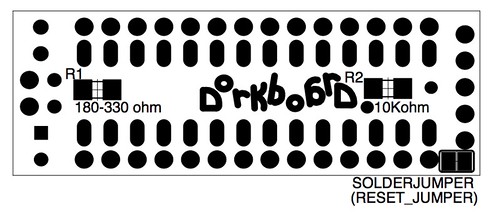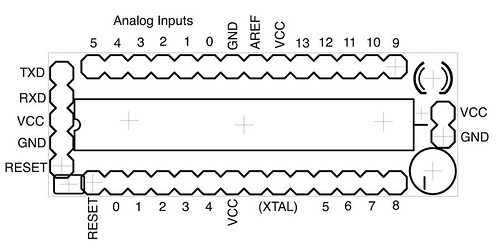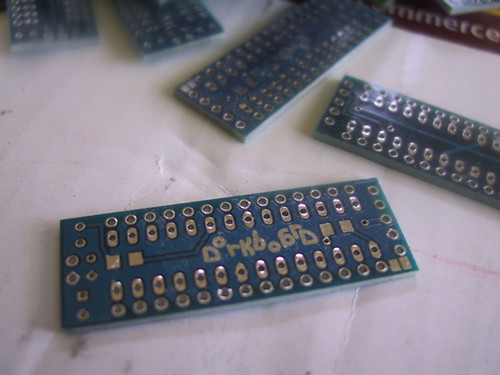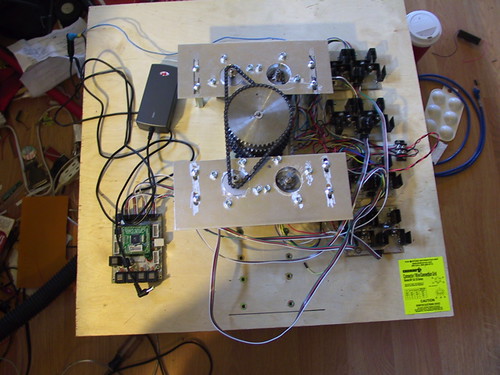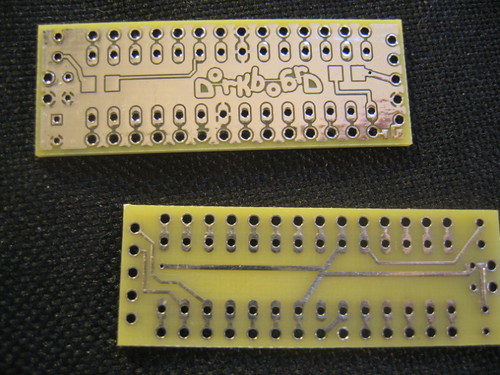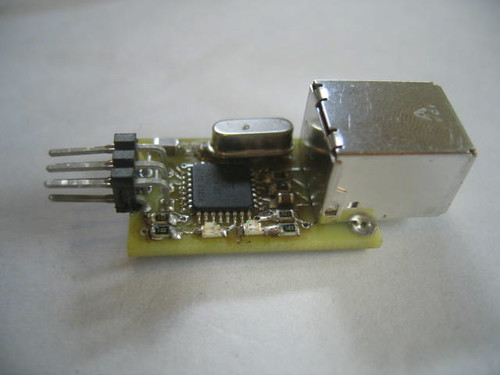Missing Links.
One of the joys of the Arduino Cult Induction Sessions is that mistakes and omissions are generally caught on the spot and there is no lag between the steps we forgot to include an the instructions and the person who’s board isn’t working.
